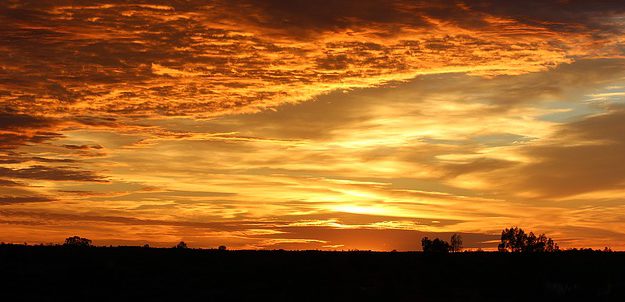October 5, 2016
Oman has been increasingly on the radar for agriculture, food, and aquaculture project development.
Most recently, a large scale off-shore aquaculture project off the north Al Batinah coast known as “Sahwa” is being undertaken with the goal of eventually meeting 25 percent of the country’s national production target. Located 15 kilometers off the coast of Khabourah, the Sahwa project is projected to include 150 hectares of open ocean cages submerged at a depth of 50-80 meters for the production of amberjack – a shashimi-grade fish popular in Asia and Oman.
Backed by a partnership including Omani small and medium enterprises, U.S.-based open ocean fish farming specialists firm Forever Oceans, and Oman-based Safwa Group & Partners, the project has received a concession from Oman’s Ministry of Agriculture and Fisheries and is currently conducting environmental impact assessments, Warith al Kharusi, CEO of Al Safwa Group & Partners told Zawya.
“With land being a finite commodity, the option to go offshore for aquaculture opens up limitless possibilities, especially at a time when the global demand for food resources is rising in the face of population growth,” says Al Kyarusi.
If the Sahwa project is successful in reaching a yearly output of 8,000 tons, it would account for one quarter of the country’s production goal of 24,000 tons by 2024, while also helping the Sultanate diversify its economy away from gas and oil.
“So we’re looking at a venture that will not only bolster our food security goals, but also underscore the aquaculture industry’s importance as a promising alternative to Oil & Gas based economic activities,” Al Kharusi noted.
Investment in Dairy
Within a day of news about the Sahwa project, The Arab Authority for Agricultural Investment and Development (AAAID) announced its plans to establish an integrated dairy venture in the country.
Launched in 1976 with the goal of attaining food security for Oman, the AAAID told local news outlets that it has partnered with a local business to establish a dairy venture that would produce, collect, and process 50 tons of milk per day.
“We are a company with a pan-Arab vision and are committed to promote food security in the Arab world through local partners and investments in food production projects,” Al Arabi Mohammed Hamdi told Muscat Daily on the sidelines of the ‘Invest in Oman’ forum.
The venture is expected to cost RO17 million (US$44 million) with AAAID committing approximately 20 percent of the cost, with the additional 80 percent being funded through a combination of debt and equity investment.
“We will soon initiate a pilot project in Dhofar. Once we complete the study on milk flow and other challenges, we will expand the project gradually,” said Hamdi.
Building Steam
These two projects follow closely on announcements of other large-scale agricultural and aquaculture investments in Oman.
In May of this year, Al Hosn Investment Company SAOC (HIC), a joint venture formed between Qatar Holding LLC and Oman’s Ministry of Finance, announced it is investing US$27.4 million for a 15 percent stake in the first Grouper fish farm in the country. KAT-Aqua, a greenfield project that is targeting the production of 600 tons of Orange-spotted grouper per year, will be established on a 50,000 square meter site at Sur Industrial Estate and will employ recirculating aquaculture technology.
The announcement comes only weeks after it was announced that Oman was planning its first land-based fish farm, backed by Oman’s Public Establishment for Industrial Estates (PEIE), which administers the nation’s industrial parks and logistics hubs.
Most recently, In August of this year, The Oman Food Investment Holding Company (OFIC) and its subsidiary, Mazoon Dairy Company, which was established in the first half of 2015, announced the advancement of a major US$260 million dairy project with the goal of achieving production levels to meet self-sufficiency requirements.
Construction is scheduled to begin in 2017 on the project, which will include a vertically integrated dairy farm and production facility with an initial capacity of 4,000 cows. The operation is also expecting to see expansion to 25,000 cows by 2026, according to OFIC. Total output is expected to be 202 million liters of milk by 2026 and 985 million liters by 2040 with the result of reducing Oman’s dependency on dairy imports from 69 percent in 2014 to 13 percent by 2026. If achieved, this rate of production would create the possibility of Oman becoming a net exporter of dairy products by 2040.
—
Lynda Kiernan

Let GAI News inform your engagement in the agriculture sector.
GAI News provides crucial and timely news and insight to help you stay ahead of critical agricultural trends through free delivery of two weekly newsletters, Ag Investing Weekly and AgTech Intel.




